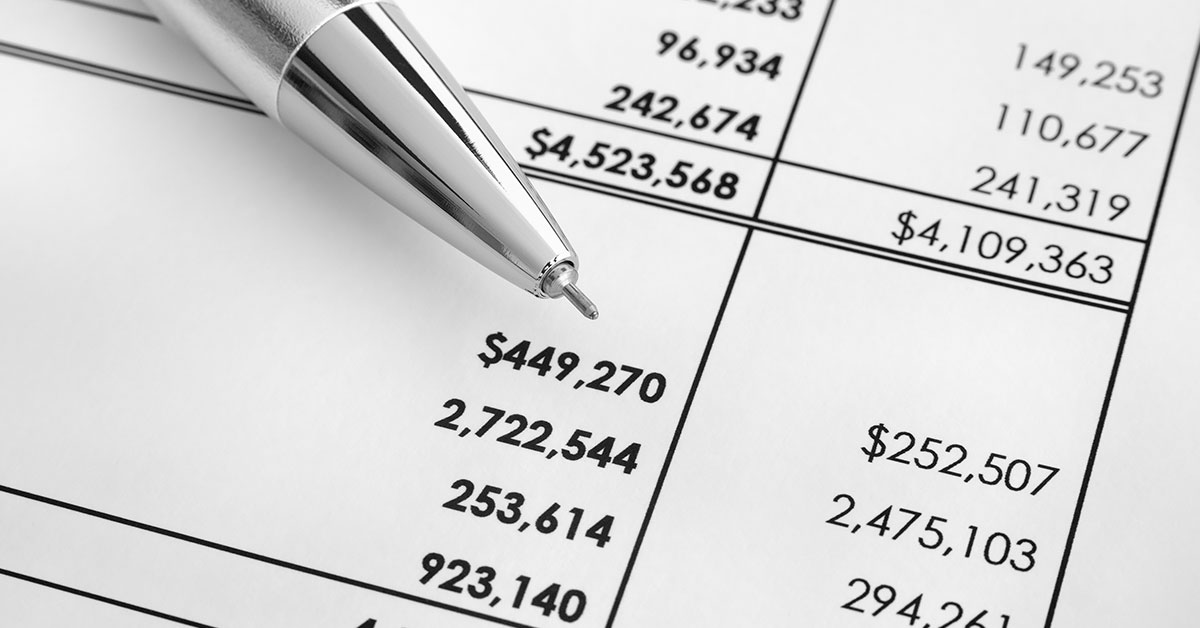Income Statements Are a Key Indicator of Your Financial Status
Profit and loss statements, also called income statements, are a key indicator of your company’s financial well-being. This document should contain a summary of the revenues, expenses, and costs of doing business for a given period, such as a month, quarter, or even a whole fiscal year. But this crucial document won’t do you any good unless you know how to interpret the data — so here’s a quick guide to making sense of your company’s profit and loss statements.
Elements of a profit and loss statement
According to Harvard Business School contributor Tim Stobierski, a comprehensive profit and loss statement should include 10 elements: cost of goods sold; gross profit; operating income; income before taxes; net income; revenue; expenses; depreciation; earnings per share; and earnings before interest, taxes, depreciation, and amortization (EBITDA). Since this may seem overwhelming, here’s a breakdown of each element.
Figuring out your revenue and expenses
Revenue is the amount of money you made during the reporting period, such as the month or year that your profit and loss statement covers. Expenses are the amount of money your business spent during that same period. These two figures will serve as the basis for calculating many other elements of your profit and loss statement. Investopedia contributor Jason Fernando explains that you can find your revenue and expenses in one of two ways: the cash method and the accrual method. Fernando recommends the cash method for very small or fledgling businesses. To use this method to find your revenue, find the sum total of the cash you received during a reporting period. Finding your expenses is just as simple — just add up the money you spent on bills, operating expenses, and other liabilities.
The accrual method works similarly, except it includes money you expect to receive and payout in a given period. For example, if you sold a unit but haven’t received payment for it yet, you would include the expected payment as part of your revenue. This method works the same way for expenses — you’ll figure them into your calculations, even if the money hasn’t technically left your account yet.
Other aspects of a profit and loss statement
Other elements of the profit and loss statement will take a bit of math to calculate. For instance, Stobiersky explains that the cost of goods sold is the money you spent on the components that comprise your company’s products, such as the ingredients that go into making the cakes that a bakery sells. To find your company’s gross profit, simply subtract the cost of goods sold from your revenue. You can calculate operating income by subtracting the operating expenses from gross profit. Find the income before taxes by calculating your non-operating expenses (such as interest payments on debts and inventory write-offs), then subtract the figure from your operating income. And to find your company’s net income, just take your income before taxes and subtract the taxes you paid.
You can figure out your company’s earnings per share by dividing your net income by the number of shares your company currently has outstanding. Depreciation is the amount of value your assets lost during the reporting period, such as how a company car loses value over time. You can find this by consulting IRS Publication 946 for guidance on your specific asset’s depreciation. And finally, to find your earnings before interest, taxes, depreciation, and amortization, simply add up these expenses and sum them with your net income.
Once you have a profit and loss sheet or two, you can track how your business earns and spends money. This can provide insight into seasonal trends, and unnecessary expenditures, and allow you to compare profitability between reporting periods.
Not every profit and loss statement will need the granular detail provided by all of these figures. To get started with creating a profit and loss statement, consider using an online tool or contacting a business advisor for expert advice.

